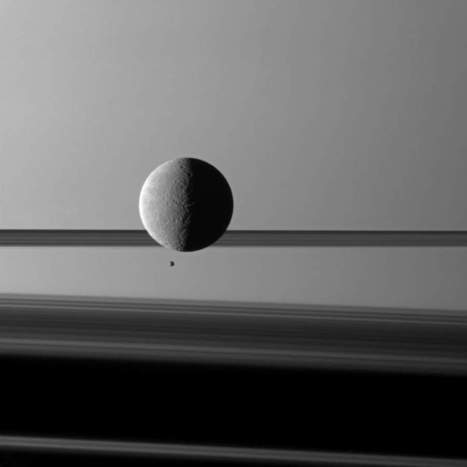Description: https://twitter.com/physicsJ/status/1300748787011346432
Imagery from: NASA / Hubble / Cassini / JHUAPL / SwRI / Solar System Scope processing https://www.solarsystemscope.com/textures/ under CC BY 4.0
NASA ephemeris data: https://ssd.jpl.nasa.gov/horizons.cgi#top
Research and publish the best content.
Get Started for FREE
Sign up with Facebook Sign up with X
I don't have a Facebook or a X account
Already have an account: Login
Exploring the digital imaging chain from sensors to brains
Curated by
Philippe J DEWOST
 Your new post is loading... Your new post is loading...
 Your new post is loading... Your new post is loading...
|
|













Et pourtant elle(s) tourne(nt) ! Quand la datavisualisation permet d'aider à saisir l'incommensurable et à embrasser un (tout petit) morceau de l'univers.